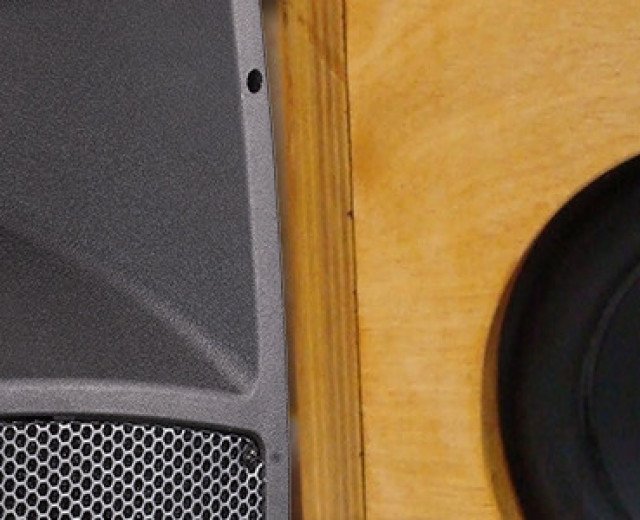There is no definitive answer: both materials offer advantages and disadvantages. The right choice depends on your needs. Let's talk in depth by defining some basic concepts that can help in making the right choice.
The cabinet
of a loudspeaker is not like the body of an acoustic instrument (a guitar o a
violin, for example): its purpose is not to amplify a sound but prevent
interferences between front and rear sound emissions of transducers and maximize
their transduction effect. It must have following basic features:
- Must be soundproof;
- Must be rigid without vibration;
- Must not resonate.
The enclosure has therefore to be made in amorphous material, which does not resonate at certain frequencies. From this point of view, the most suitable material is wood, more soundproof and less resonant then plastic. But, on the other side, wooden parts of an enclosure must be thicker, moreover wood is more expensive and difficult to work.
Features in
light blue cells concern with acoustic performance and show that wood is
clearly superior to plastic; on the other hand, the features in dark blue cells
refer to economic and practical factors and show that plastic is clearly
superior to wood.
To
summarize:
You should prefer a wooden enclosure when the sound quality represents an important point, even if loudspeaker will be heavier.
You should prefer a plastic enclosure (ABS o polypropylene) when
portability and practicability are essential, even with a slightly inferior
sound quality.
